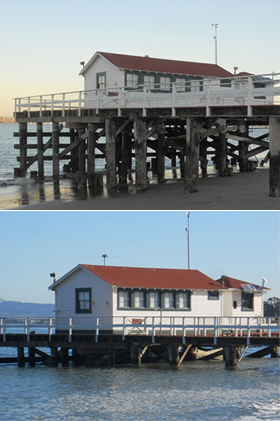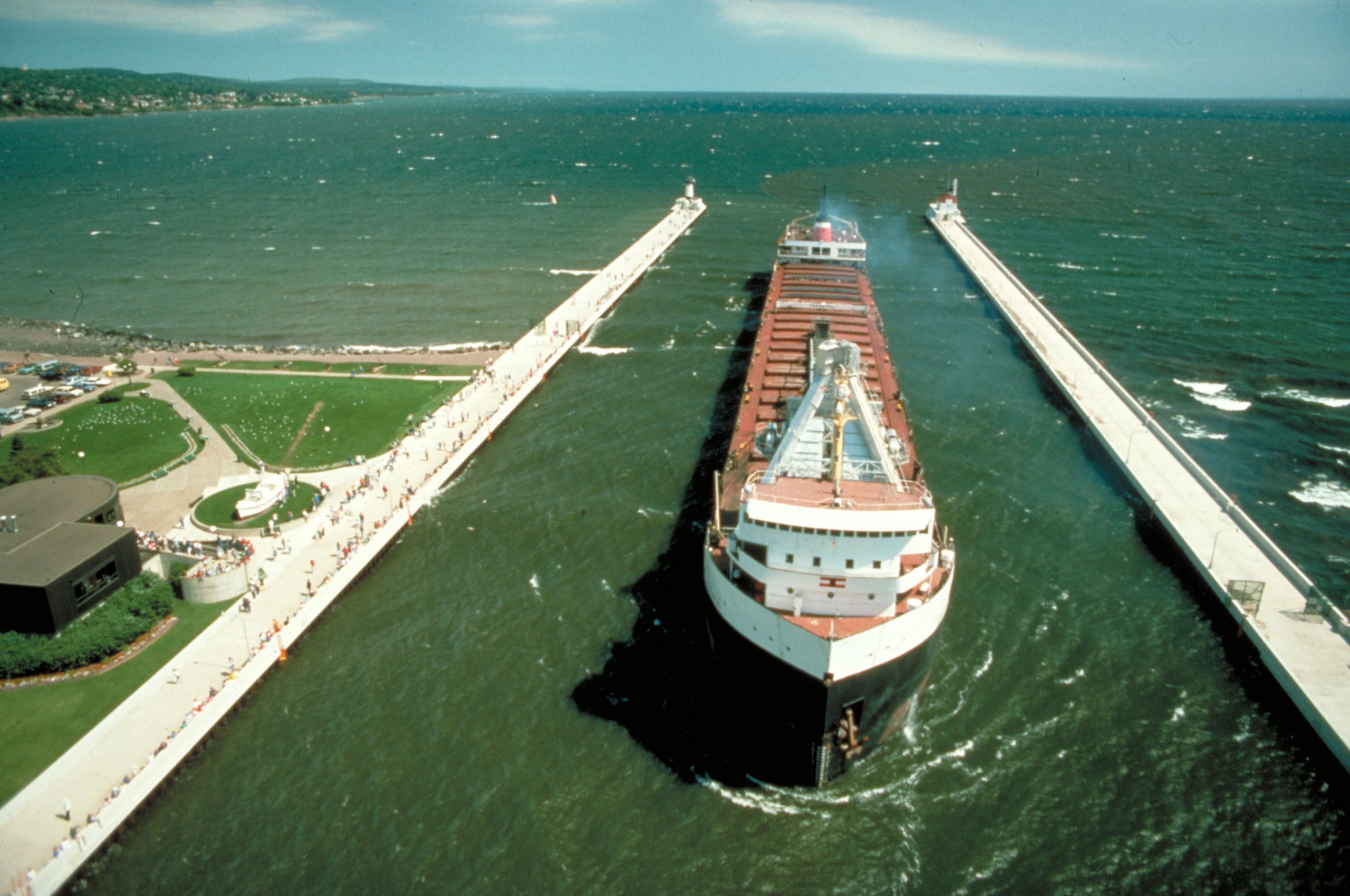About Coastal and Ocean Climate Applications (COCA)
How can we help coastal communities become more resilient to the impacts of a changing climate?
How might climate variability and change impact coastal and marine resources?
The Coastal and Ocean Climate Applications (COCA) program addresses the needs of specific decision makers grappling with pressing climate-related issues in coastal and marine environments. This program strengthens initiatives — initially developed under the Sectoral Applications Research Program — to support interdisciplinary applications research aimed at addressing climate-related challenges in coastal communities as well as coastal and marine ecosystems.
COCA Objectives
- Support interdisciplinary science and assessments to better understand the interactions, impacts, and vulnerabilities of human and environmental systems in a changing climate.
- Improve insight and understanding to support the needs of coastal and marine decision makers, such as resource managers and community planners, in coping with climate variability and change.
- Develop state-of-the-art climate information, knowledge, tools, methodologies, and/or training relevant to the needs of coastal and marine decision makers to enhance their adaptation planning and implementation efforts. Coastal and Ocean Climate Applications
- Promote partnerships among and between the scientific and coastal and marine decision-making communities for continued use and understanding of climate information, as well as the incorporation of climate information into decision-making processes.
COCA’s Approach


Over half of the American population lives within 50 miles of the coast. People living on the coasts depend on valuable services provided by healthy and resilient coastal and marine ecosystems such as fisheries, coastal storm and flood protection, and recreational spaces. Many commuities, livelihoods, and treasured beaches, estuaries, and other ecosystems are threatened by a suite of multiple stressors as well as changing climate conditions. By identifying and assessing these vulnerabilities, community planners, resource managers, and other decision makers can develop and implement actions that reduce future risks and impacts. COCA supports projects in which researchers work closely with decision makers to develop tools and methodologies for identifying vulnerabilities, risks, impacts, and options for enhancing preparedness and response. These partnerships ensure that new climate products and services are developed to address the specific needs of decision makers facing climate-related challenges on the coasts. In addition to supporting research, the COCA program participates in the development of workshops, trainings, and guidance documents through partnerships and collaborations with other Climate Program Office programs, NOAA offices, federal agencies, states agencies, local officials, and non-governmental organizations. These activities support NOAA’s vision of the future: healthy ecosystems, communities, and economies that are resilient in the face of change.
COCA Highlights
Our Coast, Our Future
COCA is supporting the Gulf of the Farallones National Marine Sanctuary, PRBO Conservation Science, U.S. Geological Survey, and the National Park Service in a collaboration aimed at understanding the effects of sea-level rise and storm hazards in the San Francisco Bay Area. The project Our Coast–Our Future provides natural resource managers, local governments, and other decision makers with science-based, decision-support tools to plan for and respond to sea-level rise and storm hazards along the region’s outer coast. This project will also promote improved communication between scientists and coastal managers, support the development and implementation of adaptive management strategies, and coordinate outer coast and modeling efforts in the Bay Area.
Preparing Great Lakes Communities for Climate Change


The Great Lakes region has over 10,500 miles of coast and a multibillion-dollar shipping industry. A project funded by COCA supported the Great Lakes Sea Grant Network and NOAA’ s Great Lakes Environmental Research Laboratory in their efforts to quantify the impacts of climate change on local ports and to assist local communities with planning for the future.
Great Lakes ports, harbors, and marinas are vulnerable to several potential climate change impacts. The two major impacts most relevant and potentially most costly are changes in water level and storm intensity. Both rising and falling water levels can impact the stability and overall strength of infrastructure and can require additional channel dredging.
The Great Lakes Sea Grant Network involved both scientists and community planners in a recent assessment of how climate change could impact ports and other coastal infrastructure. Participating scientists focused on translating global climate impacts to a local scale and reducing uncertainty from model projections. Working with coastal and port managers in Toledo Harbor, Ohio, and Duluth/Superior Harbor, Minnesota, researchers developed a tool to estimate the potential costs of maintaining harbor infrastructure at those locations in the face of changing water levels and storm conditions.
Other ports in the region will soon be able to replicate this methodology to plan and budget for adaptation and mitigation strategies needed to sustain these vital transportation hubs and their surrounding communities in the future.


